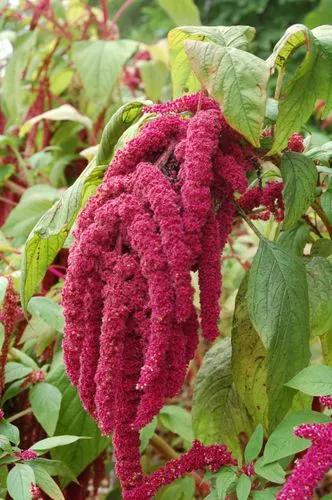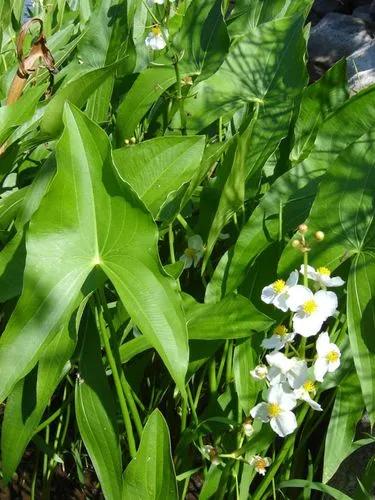The beautiful Star Begonia is quite a beauty to see! With its gentle blooms, it's a wonderful sight in the garden and the indoors. All flower lovers, pay attention.
Star Begonia Care
Begonia Heracleifolia



Begonia heracleifolia, also known as the star begonia, hails from Mexico and northern Central America. This versatile plant has made its way to Cuba, Hispaniola, Puerto Rico, and Trinidad and Tobago. Its adaptability to dry conditions has led to significant diversity in its genetics and leaf characteristics.
How to Care for the Plant

Water

To strike the right balance, wait until the top 1.5-2 inches (approximately 3.8-5.1 cm) of soil have dried out before watering. The depth for checking soil moisture should ideally be about one-third of the soil depth, which is around 1.5 inches (approximately 3.8 cm) for 5-inch-deep soil, and adjust it accordingly for larger pots.

Pruning

Some pinching during the growing season can do your Begonia a lot of good. If you see any sick growth, make sure to prune. Yellow leaves on a pretty flower is never a good sight!

Fertilizer

Starleaf Begonia would be most satisfied with diluted ferilizer. You can also provide it with nutrients by mixing compost and peat moss.

Sunlight

Whatever you do, make it your priority not to get your Begonia sunburnt! Ample and scattered light would be perfect for this green pet.

Soil

If you want to see your Starleaf begonias super happy, find a well-draining mix that includes sandy soil, clay, and loam. Keep the pH range between 5.5-6.2!

Propagation

The most common method is cutting. Propagate your greenie in spring or fall, or indoors in winter. Consider, however, that winter is napping time for plants! Perhaps, it's better to wait until the sunny days.

Temperature

A comfortable range would be between 59 and 106 °F (15 to 41 ℃).

Container

Begonia needs excellent drainage to be happy, so make sure your pot has plenty of drainage holes. Don't choose an overly deep container.

Fun fact

The lime green leaves of this Begonia can measure up to 30 inches (approximately 76 centimeters) in diameter!

Popularity

2,499 people already have this plant 277 people have added this plant to their wishlists
Discover more plants with the list below
Popular articles






